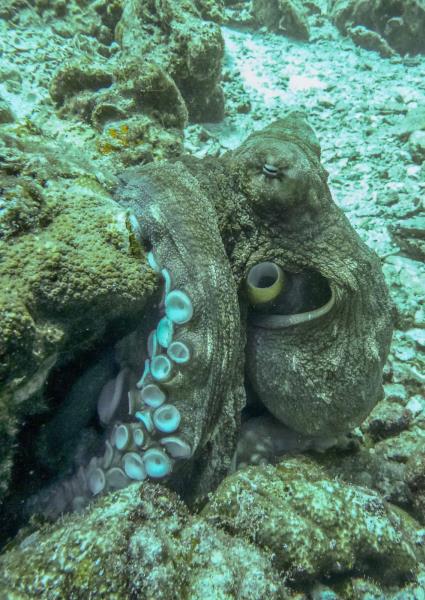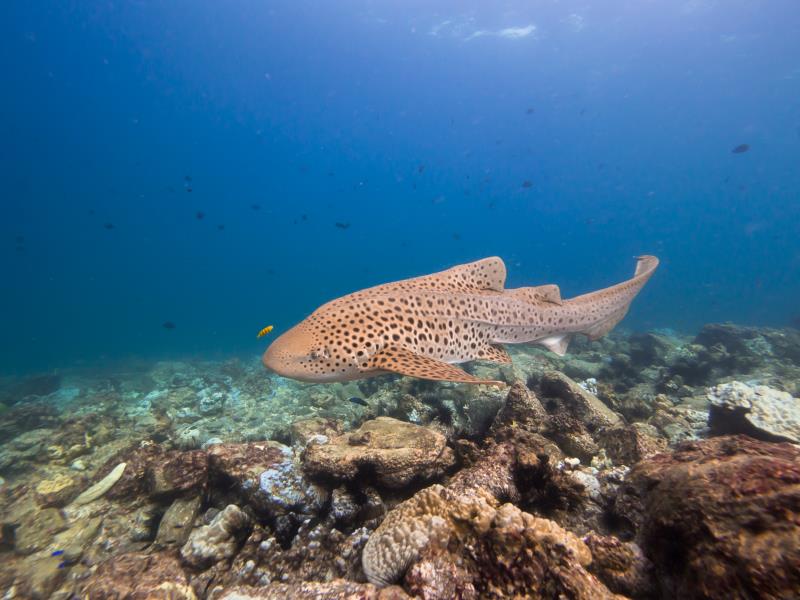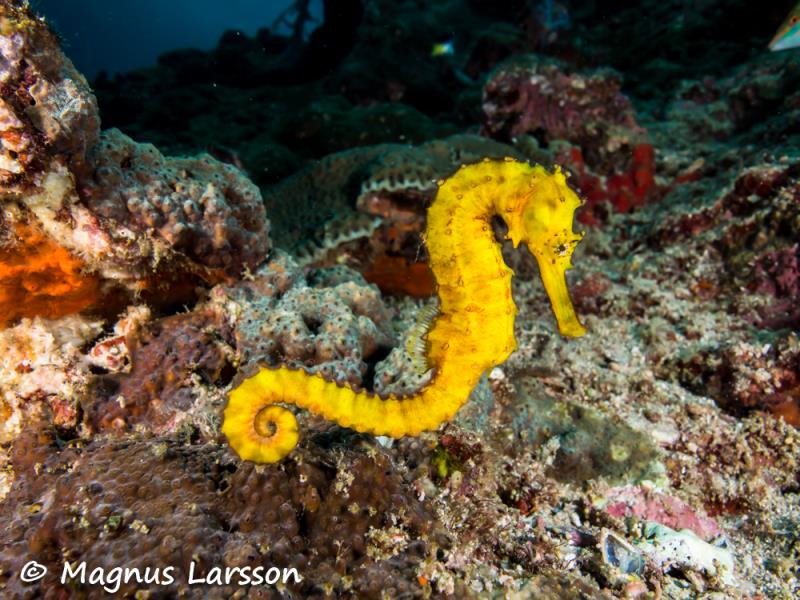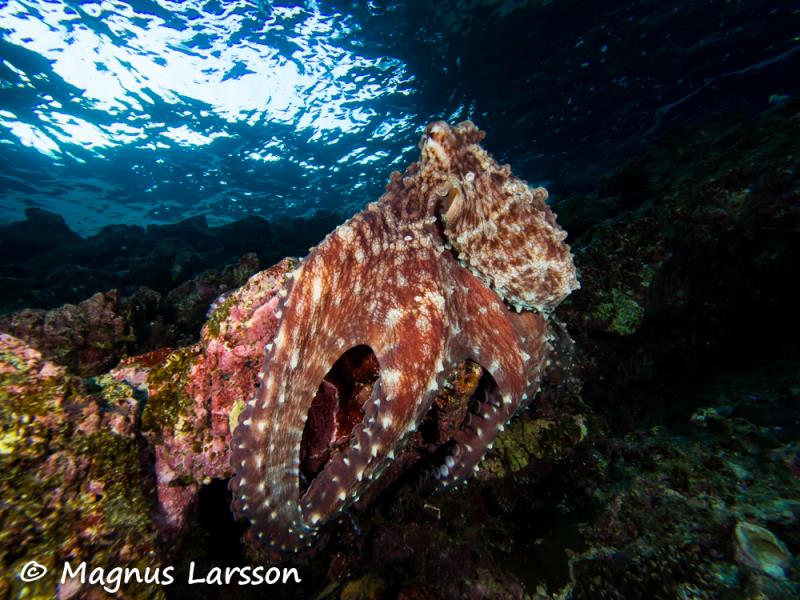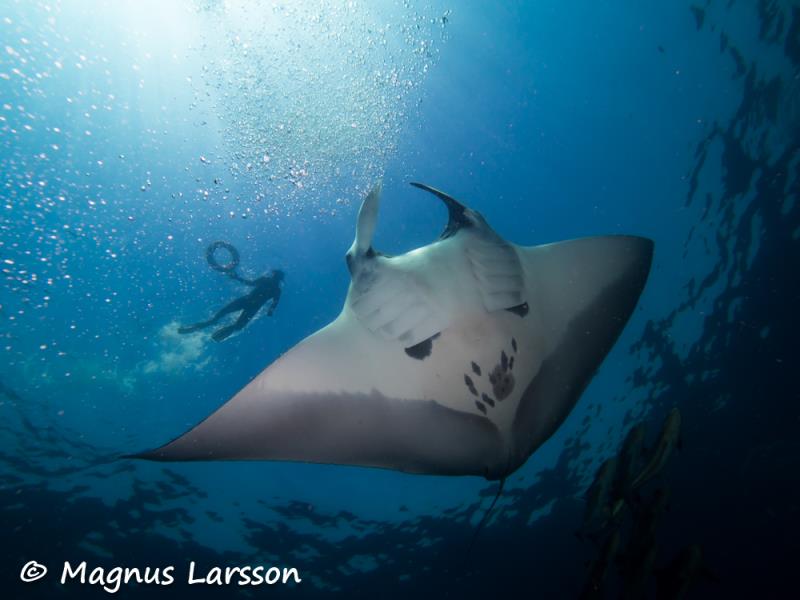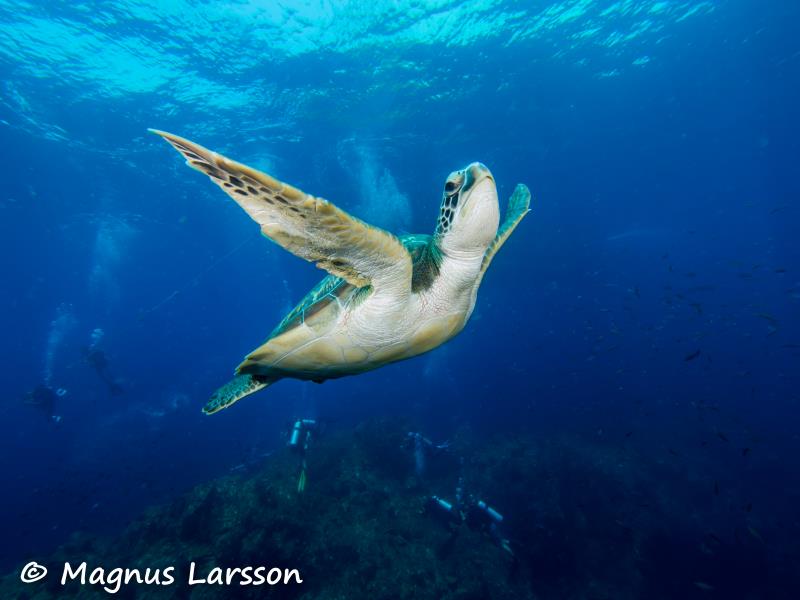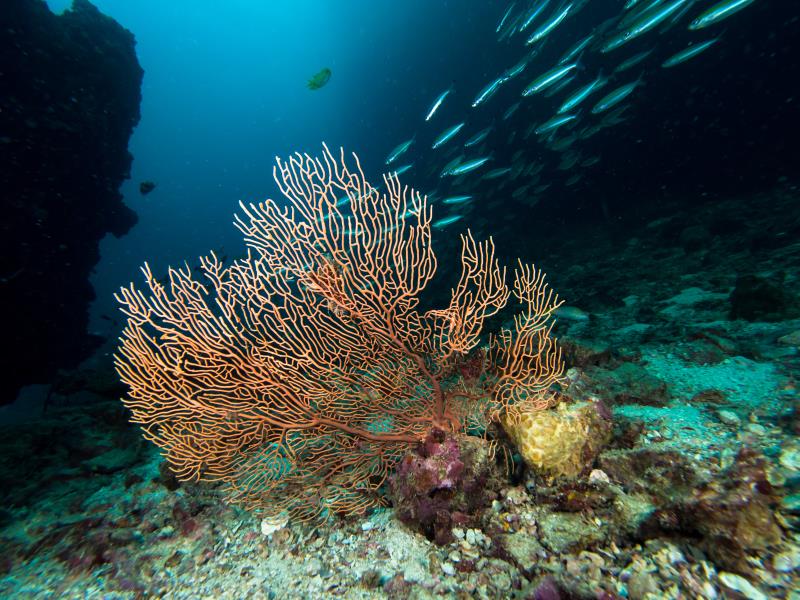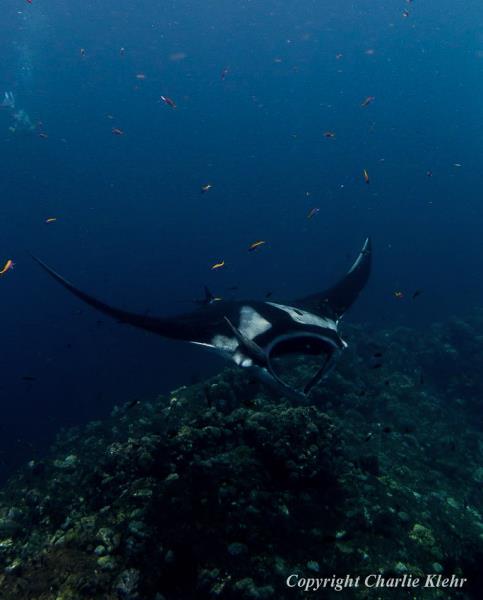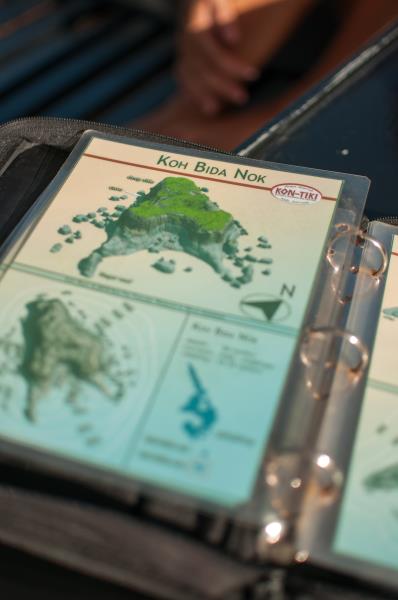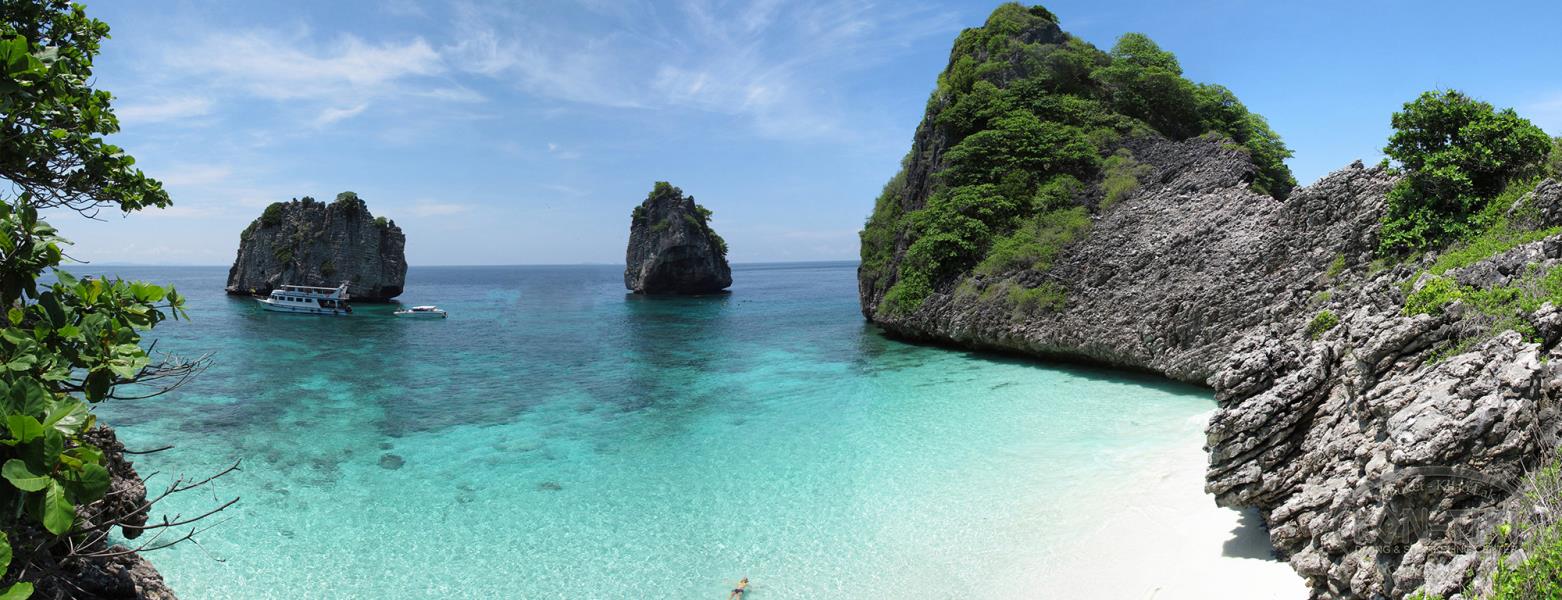 Advice on Scuba Diving in Ko Lanta, Thailand
Advice on Scuba Diving in Ko Lanta, Thailand
Part 1: Overview of Scuba Diving in Ko Lanta, (Thailand)
The name Ko Lanta refers to the collection of three main islands lying around 80km south of Krabi, a relatively large city complete with airport on Thailand’s lower mainland. The three islands, Ko Klang, Ko Lanta Yai and Ko Lanta Noi, jut from the mainland into the heart of the Malacca Strait, the expansive body of water separating Thailand from its island of Phuket. And around the southern tip of Ko Lanta Noi, another fifty or so tiny islands congregate to form the Mu Koh Lanta National Park.
It’s a relatively serene area and far less touristy than the more popular islands of Phi Phi or Phuket, but the long beaches of Ko Lanta Yai in the center of the group have been attracting tourists to its tranquil shores for decades. This is also where the scuba diving population head, to explore the islands of the National Park or to head out to the famous Koh Racha islands a short journey to the west.
Diving on Ko Lanta has been the main attraction for years, a popular pastime because of their proximity to some of the best dives sites to the east of Thailand. As their popularity has grown and dive shops have appeared, so the tourist resorts have also grown in number. Most tourists find themselves heading in the direction of Ko Lanta’s lower islands, to the western coastline with its nine perfectly white sandy beaches to enjoy. It’s here that the majority of dive shops can also be found, lining the island from north to south.
As with the rest of Thailand, the Ko Lanta string suffers from a monsoon season that can affect diving conditions. The rains arrive in late summer and can reduce visibility to some of the outlying dive sites, so to almost guarantee the best weather, travelling in November to April is ideal. In reality though, there are some smaller dive sites in the northern Malacca Strait that enjoy a degree of shelter from the worst of the rains, so depending upon the dive sites that interest you, year round diving is perfectly possible.
Part 2: Dive Sites, Marine Life & Environment in Ko Lanta, (Thailand)
Ko Lanta lies immediately on the Malacca Strait and gives access to some of the most popular dive sites in this part of Thailand. The famous sites of the Andaman Sea are a little too far from here for most dive outfits to manage on a day trip, but for advanced divers looking to explore the Similan Islands or the infamous Richelieu Rock, liveaboard trips are still an option.
The majority of dive sites are found in the stretch of Malacca Strait that lies between Phuket and the mainland, and the island of Koh Phi Phi, in the center of this body of water, which has over fifteen unique sites to choose from. Bida Nok, a wall dive descending in parts to around 32m below sea level is a popular choice for beginners and advanced divers. This brightly colored reef has great visibility to around 20m, and although the surface can be rough, the currents are generally quite relaxed. It’s also well known for its varied and interesting marine life, including the unusual leopard sharks, which congregate here. Other marine animals regularly spotted include sea whips, bearded scorpionfish, honeycomb groupers, and moorish idols.
Heading south from Ko Lanta, the tiny island of Koh Kraden comes into view. Back in 1944, a Japanese destroyer sank to the bottom after an air raid, and it has now turned into a wonderfully interesting reef dive. Wreck divers heading here need to be confident, as the vessel lies below a thermocline and in reduced visibility; but it’s a fascinating site to visit. Its depth makes it attractive to interesting marine creatures, and you’ll spot a wide assortment of seahorses here, as well as manta rays and a variety of reef sharks.
Further south again, the pretty uninhabited islands of Koh Rok (there are two of them) are a veritable tropical paradise. Covered in mangroves and palms, they’re home only to little more than giant monitor lizards, but their shallow waters have almost perfect visibility and are ideal for snorkelers and beginner scuba divers. Gorgonian sea fans, blacktip reef sharks, anemone fish and the occasional solitary hawksbill turtle can all be spotted here, and the channel between the two islands is home to some startlingly beautiful corals. It’s easy to get to on a day trip from Ko Lanta, but on busy days, and especially national holidays, it becomes overcrowded with snorkelers who all have the same desire to escape.
Part 3: Dive Shops, Airports & Logistics of Diving in Ko Lanta, (Thailand)
Much of the Ko Lanta islands are covered in dense tropical jungle, impenetrable hills and mangrove forests, leaving the coastal edges the only suitable locations for development. The few resorts that exist, compared to the more developed tourist locations on, say Phuket or Ko Samui, are connected by only a few roads following the curving coastline, and rarely bisect the country. The dive shops can be found dotted along here, occasionally forming part of the larger resorts.
Palm Beach Divers is located in Sala Dan, with their boats kept at Long Beach. They’re a five star PADI outfit offering a full range of courses in no less than eleven languages depending upon your preference. They’re a real eco-friendly team with a recommendation from the Project Aware group, and as an official retailer of Aqualung gear, they’re well equipped to introduce novice divers to the open water. Running diving trips for over a decade, they visit some of the outer islands on a regular basis, and trips to Hin Daeng and Hin Muang are a favourite for clients taking the PADI Advanced Deep Diver course.
The Kon Tiki Lanta team isn’t too much further north in the busy tourist town of Ko Lanta. This shop forms part of the 30-year-old Kon Tiki group, which is also found on Phuket and in Krabi to the north. As a large outfit they’ve won an almost endless list of awards; Winner of the Project Aware Environmental Award Thailand, PADI Five Star Instructor Center, Winner of the National Geopgraphic Dive Center Award, PADI TecRec Dive Center Award and Winner of the Asian Best Dive Center Award for 2010, making them the perfect choice to guarantee expertise and knowledge for divers exploring the area for the first time.
Towards the south of the island, Scuba Fish is an ‘all inclusive package’ kind of diving shop with a flexible attitude towards creating tailored dive packages, Running their vessel, the MV Moskito, they visit all the major dive sites and outlying islands on regularly scheduled trips. They also hold a number of environmental awards demonstrating their commitment to the environment and their dedication to unusual training. They have a special interest in teaching children to dive, and soon have little swimmers playing underwater Frisbee with all the confidence of an experienced adult diver.
Getting to Ko Lanta means arriving at either Krabi or Phuket International airports and completing the remainder of the journey by road. Hat Yai airport is also an option, but the journey by road is considerably longer to complete.
---- Book Your Diving ----
Fill in the Form Below.
Our hand picked regional partners will deliver no obligation quotes.
Tweets by @DiveAdvisorApp
Top Dive Shops
Top Dive Sites
Reviews
Certifications Offered
-
Bubblemaker
Dive & Relax , Ko Lanta -
Discover Scuba Diving
Dive & Relax , Ko Lanta -
Skin Diving
Dive & Relax , Ko Lanta
Marine Life
Dive Types & Activities
- Wreck Dive
- Training
- Reef Dive
- Search & Recovery
- Underwater Photo & Video
- Underwater Research
- Boat Dive



